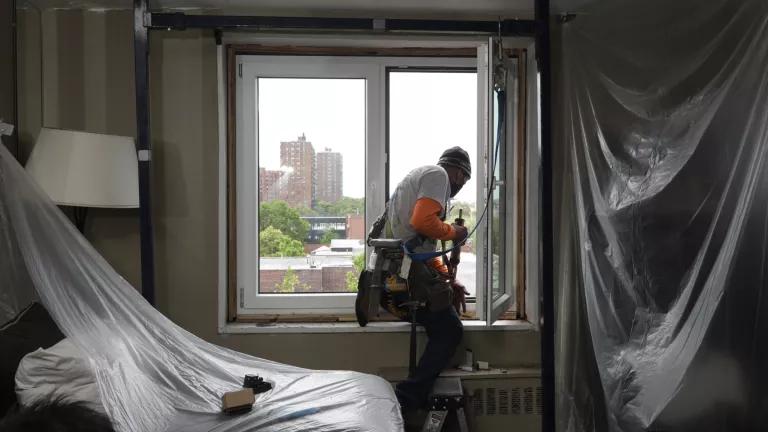New Calculator Shows Bigger Highways Won't Fix Traffic
We’ve all seen new and wider highways fill up with traffic. A new tool will help practitioners and advocates better understand the impacts of new and widened highways.

A rare sight: I-405 virtually empty in 2011 during a weekend-long full closure dubbed “Carmageddon” as part of constructing the doomed freeway widening project
Photo by Carter Rubin
We’ve all seen new and wider highways fill up with traffic. A new tool will help practitioners and advocates better understand the impacts of new and widened highways.
We’ve all lived through this: you’re riding in a car or bus, slowed by highway widening construction during your morning commute, yearning for new traffic lanes to finally open and provide relief, only to find a few years later that the highway and new lanes are just as filled with traffic as before. If that sounds all too relatable, it’s because it’s a universal truth we have experienced over and over again for a century: we can’t build our way out of traffic with new and wider roads.
A new tool from NRDC, RMI and Smart Growth America called SHIFT will help us avoid making this mistake by giving practitioners and advocates a way to estimate how much new driving and pollution new highway lanes will cause. And by understanding these predictable consequences, we can avoid investing billions in new highways that fail to deliver congestion relief and or alleviate our dirty air.
Explore the SHIFT Calculator →
This phenomenon is called “induced travel.” How it works is that, in the short run, new and wider highways allow people to travel by car faster and save time. Faster car trips make driving more appealing, so people shift their travel patterns. Whereas someone might have taken public transportation for a trip, or taken a shorter trip, or waited until after rush hour, the new highway lanes encourage them to drive, drive further and drive more at peak times. That is—until the roadway is once again full of congestion.
Take the painful but predictable lesson Angelenos learned from widening the I-405: years and years of construction impacts disrupting neighborhoods and commutes and $1.6 billion dollars spent. And what do we have to show for it? Drive times are actually longer than before the project was built.
Why didn’t we see this coming? For one, the project sponsors, the Los Angeles County Metropolitan Transportation Authority and Caltrans, did not estimate how much induced travel the project would cause in the environmental analysis, instead relying on faulty and outdated assumptions.
Using the SHIFT Calculator, we can estimate that widening the 405 Freeway through the Sepulveda Pass by 10 miles is generating between 69 and 103 million more vehicles miles traveled per year than before the project opened—the equivalent of roughly 8,500 more cars on the road burning about 4 million gallons of gasoline per year.

All this adds up to over a billion dollars promised for traffic relief that never materialized. Over a billion dollars that could have been spent:
- Fixing all the sidewalks needed for Los Angeles to comply with a settlement with disability rights advocates.
- Or paying to create a truly world-class bus network for Los Angeles County with ubiquitous bus lanes, traffic signal priority, sidewalk extensions, bus shelters, and frequent service.
- Or converting the busy Orange Line bus-rapid transit to light rail sooner rather than the current planned 2050.
Let’s make 2021 the year we reject the notion we can build our way out of congestion and reinvest in a complete sustainable mobility system for all. Our Induced VMT Calculator will help you probe your state’s latest misguided highway project and show just how substantial the impacts will be.




